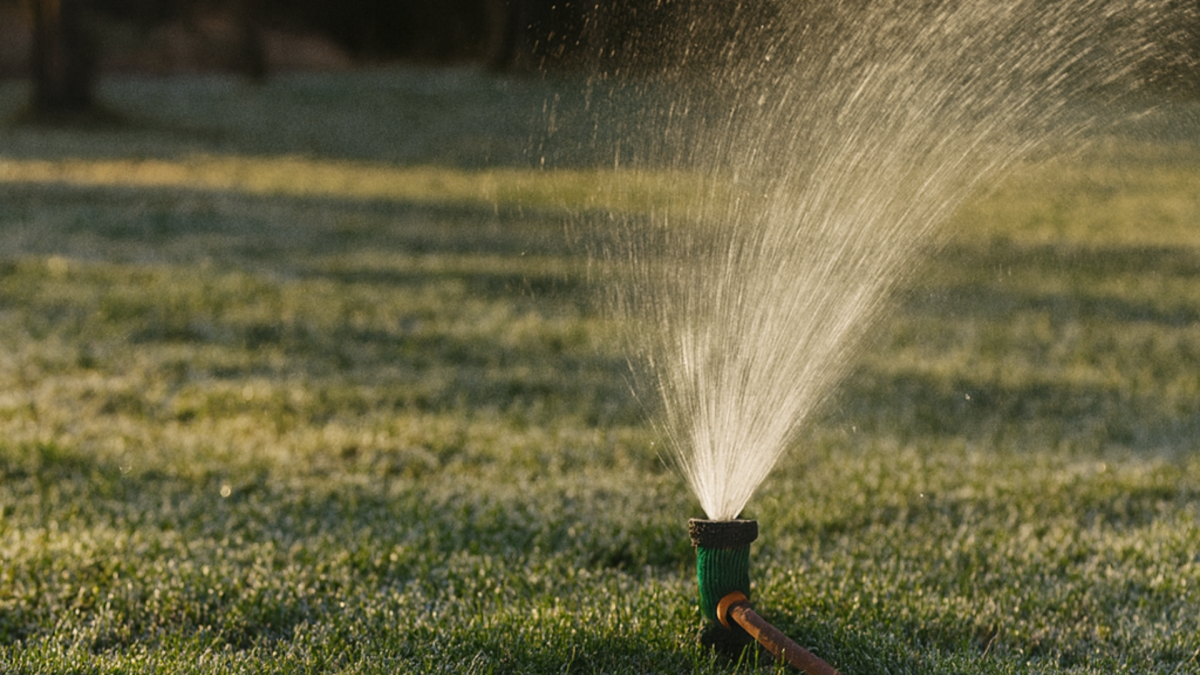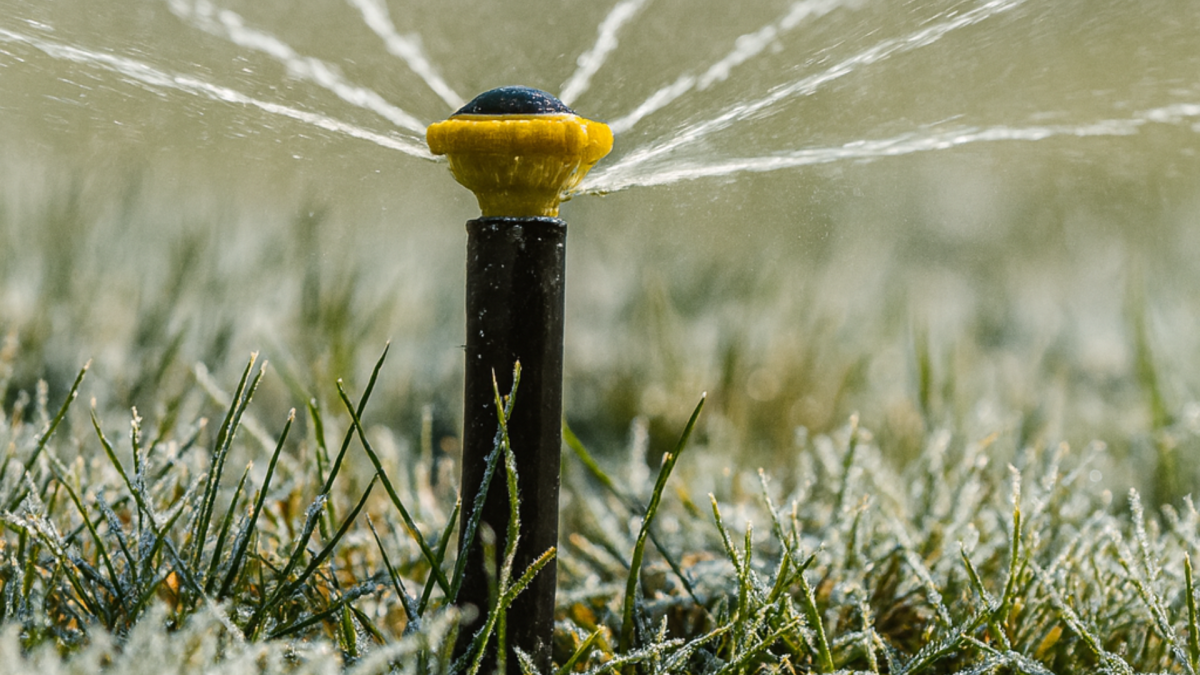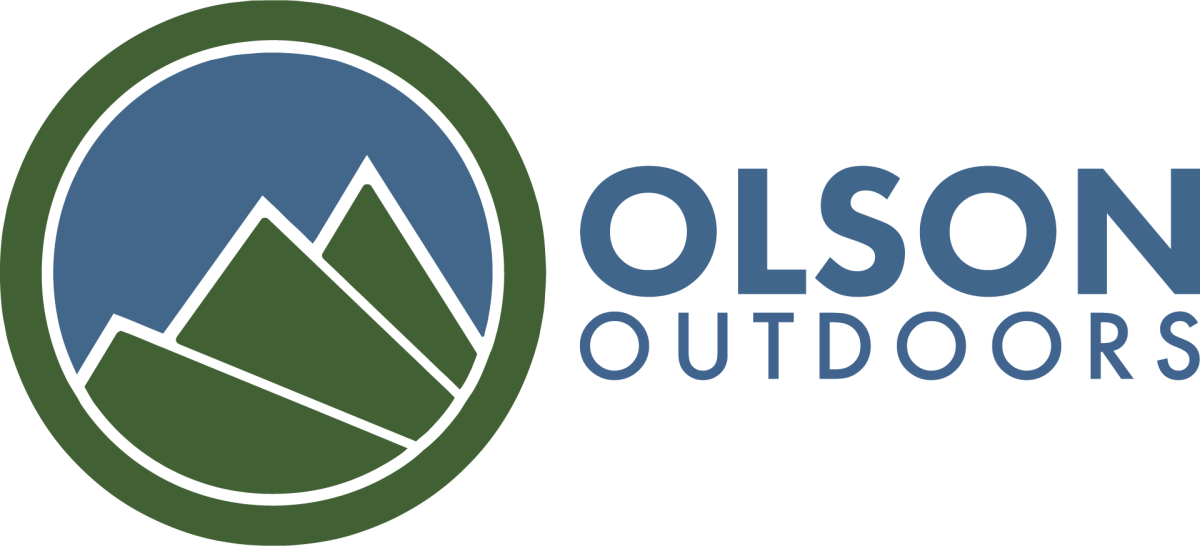While most homeowners throughout the United States turn off irrigation systems and forget about lawn watering once temperatures drop, Colorado residents face a different reality. The state's semi-arid climate, low humidity levels, and intense winter winds create conditions that continue stressing grass even during dormancy. Local lawn care professionals report that one of the most common and costly mistakes Front Range homeowners make is assuming dormant grass requires no water until spring.
"We see significant desiccation damage every spring in lawns that received no winter moisture," explain professionals serving Broomfield and surrounding communities. "Homeowners often mistake this browning for winter kill or disease, but it's actually drought stress that occurred during winter months." Understanding proper winter lawn preparation and ongoing care prevents this preventable damage and ensures healthy spring emergence.
The Hidden Threat of Winter Desiccation
Desiccation occurs when grass roots and crowns dry out completely, causing cellular damage that can't be reversed come spring. Unlike true winter kill caused by extreme cold, desiccation results from moisture stress. While grass appears dormant above ground, root systems remain alive and require minimum moisture levels to survive months of frozen or near-frozen conditions.
Colorado's unique climate creates perfect conditions for winter desiccation. The state receives minimal precipitation during winter months, often going weeks without meaningful moisture. When snow does fall, it frequently sublimes—transitioning directly from solid to vapor without melting—especially during periods of intense wind and low humidity. This sublimation provides no moisture benefit to underlying turf.
Chinook winds characteristic of Front Range weather patterns accelerate moisture loss. These warm, dry downslope winds can raise temperatures 20 to 30 degrees within hours, melting protective snow cover while simultaneously pulling moisture from exposed soil and plant tissue. A lawn that appeared adequately covered by snow on Monday may sit completely exposed by Wednesday, vulnerable to rapid dehydration.
The problem compounds in areas with southern or western exposure. These locations receive maximum sun exposure during winter, further accelerating snow melt and soil drying. Lawns near buildings, fences, or hardscaping features experience reflected heat and wind tunneling that intensifies drying effects.
Many Colorado homeowners confuse dormancy with complete inactivity. While blade growth stops and visible color fades, grass plants continue metabolic processes at reduced rates. Roots still require moisture for basic cellular function. Crown tissues need hydration to remain viable. Without minimum moisture thresholds, cells desiccate and die, creating brown patches that won't recover regardless of spring care efforts.
Year-Round Moisture Management Services
Professional lawn care providers serving Colorado recognize that irrigation needs don't end with fall cleanup. Comprehensive maintenance programs address moisture requirements throughout the calendar year, adjusting schedules and methods to match seasonal conditions.
Winter watering services include scheduled applications timed to weather windows. Professionals monitor long-range forecasts, identifying days when temperatures will reach into the 40s and no hard freeze is expected within 24 hours. These windows provide opportunities for deep watering that replenishes soil moisture without creating ice hazards.
Proper application technique matters as much as timing. Deep, infrequent watering allows moisture to penetrate six to eight inches into the root zone. Shallow, frequent watering encourages surface root development and provides inadequate reserves for extended dry periods. Professional applications deliver approximately one inch of water—enough to thoroughly saturate the active root zone without runoff or waste.
Irrigation system management includes proper fall winterization and strategic spring startup. Systems must be completely drained before sustained freezing temperatures arrive. However, in Colorado's variable climate, this doesn't eliminate the need for winter moisture. Manual watering or temporary reconnection of irrigation zones allows targeted hydration during appropriate weather windows.
Lawn moisture manager products help retain water in Colorado's sandy or clay-heavy soils. These soil amendments improve water-holding capacity, reducing the frequency of winter watering needed while ensuring moisture remains available to root systems. Application before winter dormancy sets grass up for success during the challenging months ahead.
Drainage and grading services prevent standing water that can freeze over turf, causing ice damage distinct from desiccation. Proper slope management ensures winter moisture moves through the soil profile rather than pooling on the surface. French drains and strategic grading direct water away from vulnerable turf areas while maintaining adequate soil moisture levels.
Local Expertise Makes the Difference
Companies with extensive Front Range experience understand the delicate balance Colorado winter conditions require. Too little water causes desiccation. Too much water at wrong times creates ice damage. Timing applications during brief warm windows while avoiding periods immediately before temperature drops requires local weather knowledge and flexible scheduling.
Olson Outdoors brings over a decade of experience managing lawns through Colorado's challenging winter conditions. This history provides insight into microclimates within service areas, understanding which neighborhoods experience more severe drying and which benefit from some natural protection. Arvada properties face different conditions than Erie locations. Westminster lawns have distinct needs compared to Longmont yards.
Soil-specific knowledge influences winter watering recommendations. Heavy clay soils common throughout the region hold moisture longer but suffer greater damage from freeze-thaw cycles if over-watered. Sandy soils drain quickly, requiring more frequent winter applications but accepting water more readily during brief warm periods. Professional assessment identifies soil type and adjusts protocols accordingly.
Altitude and microclimate awareness refines timing and frequency recommendations. Properties at higher elevations experience more extreme temperature swings and faster moisture loss. Southern slopes need more frequent attention than northern exposures. Areas near large buildings or sheltered by mature trees have different requirements than exposed corner lots.
Specialized Winter Hydration Programs
Lawn maintenance services extend beyond growing season mowing and trimming. Professional winter programs include scheduled moisture monitoring and application services that remove guesswork for busy homeowners.
Monthly monitoring visits assess soil moisture levels, check for desiccation warning signs, and determine whether conditions warrant watering. Visual inspection identifies areas showing stress before damage becomes irreversible. Soil probe testing confirms moisture levels at root depth rather than relying on surface conditions that can be misleading.
Weather-responsive scheduling adjusts application timing based on current and forecasted conditions. If a warm period is expected, services schedule accordingly to maximize benefit. If extended cold follows warm days, applications occur early in the window to ensure water penetrates before soil refreezes. This dynamic approach responds to Colorado's notoriously unpredictable winter weather.
Targeted application zones focus resources where they provide maximum benefit. South and west-facing slopes, areas near heat-reflecting hardscaping, and sections with known soil drainage issues receive priority attention. Naturally protected areas with northern exposure or heavy tree cover may require less frequent service.
Commitment to Sustainable Practices
Water conservation matters in Colorado's semi-arid environment. Professional winter watering programs balance grass health needs with responsible water use. Deep, infrequent applications scheduled during optimal weather windows maximize efficiency while minimizing waste.
Smart scheduling ensures applications occur when grass can actually utilize moisture rather than watering on autopilot schedules regardless of conditions. If adequate snow cover protects turf, applications pause until conditions warrant resumption. If extended warm, dry periods occur, frequency increases to match plant needs.
Educational outreach helps homeowners understand the difference between winter watering and growing season irrigation. Winter applications occur monthly at most, typically once every three to four weeks depending on conditions. This modest water use prevents damage requiring exponentially more resources to repair come spring.
Understanding the Investment Value
Winter watering requires minimal time and expense compared to spring lawn renovation. Desiccation damage often necessitates extensive overseeding, additional fertilization, possible dethatching, and prolonged recovery periods. Severely damaged areas may require complete sod replacement. These reactive treatments cost significantly more than proactive winter moisture management.
Beyond financial considerations, maintaining lawn health through winter preserves years of investment in established turf. Mature lawns develop deep root systems and dense growth that takes multiple seasons to achieve. Desiccation damage can destroy this maturity in a single winter, setting properties back to starting conditions.
The aesthetic and functional value of healthy spring emergence outweighs winter maintenance costs. Lawns receiving adequate winter moisture green up weeks earlier, show better color and density, resist weed invasion more effectively, and require fewer corrective treatments. These benefits compound over subsequent seasons as healthy grass maintains competitive advantage over weeds and disease.
Taking Action Before Damage Occurs
Winter watering requires commitment and proper timing. Homeowners who choose to manage this task independently should mark calendars for monthly assessment, monitor weather forecasts for application windows, and apply approximately one inch of water when temperatures allow. Applications should occur mid-morning on days forecast to remain above freezing through the following night.
For homeowners preferring professional management, establishing service before winter arrives ensures coverage during the critical months ahead. Scheduling winter lawn care with experienced providers eliminates the risk of missing appropriate watering windows due to travel, busy schedules, or simple oversight.
Colorado's climate demands year-round attention to lawn health. Winter watering represents a small investment of time and resources that prevents costly spring damage while preserving the beauty and function of established turf. Front Range homeowners seeking expert winter lawn care can contact Olson Outdoors at 720-438-4272 or visit olsonoutdoors.com for information about seasonal watering services and comprehensive lawn maintenance programs throughout Broomfield, Arvada, Westminster, Erie, and Longmont.




